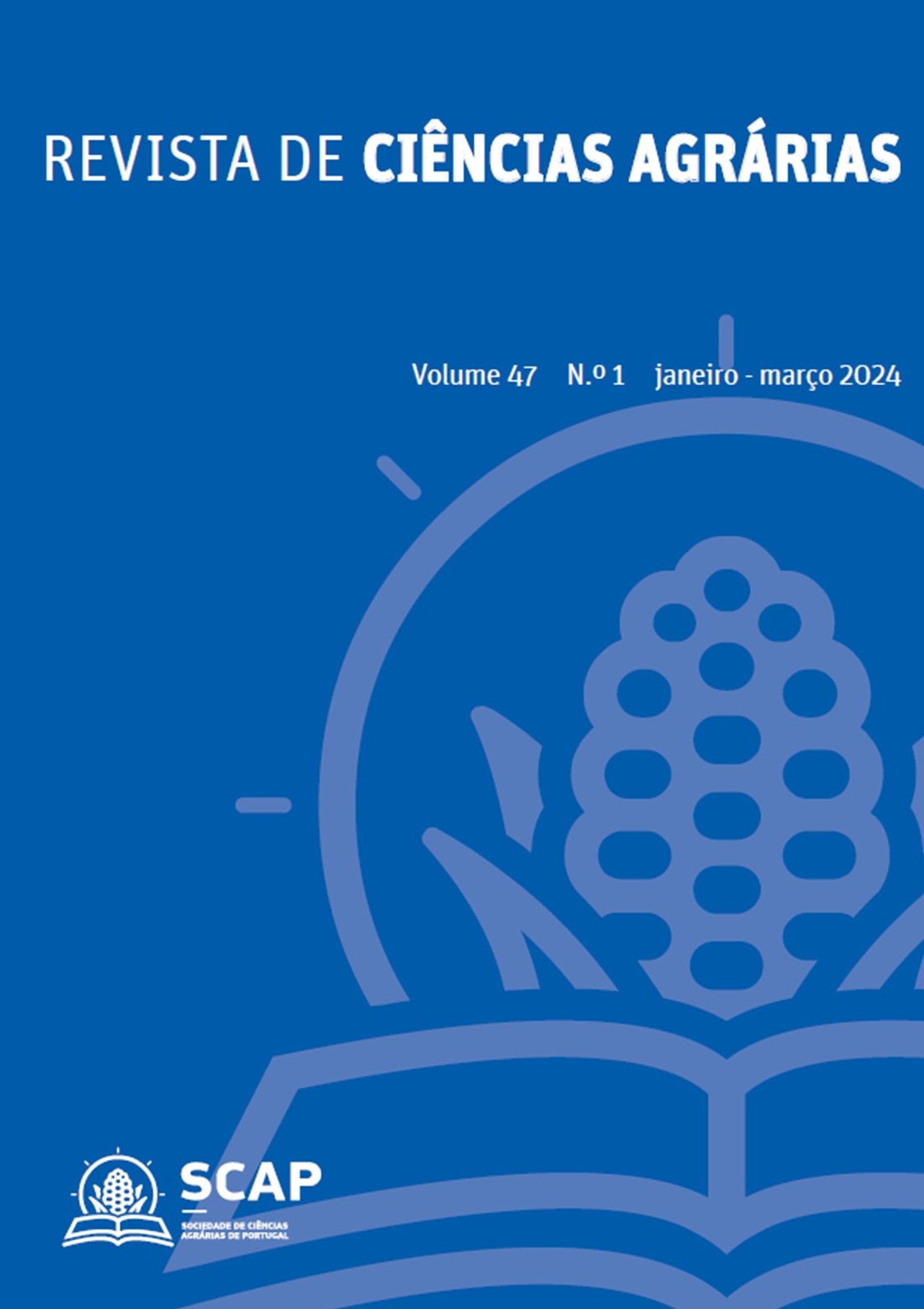What is the effect of weed diversity and soil microbiota on crop yield?
DOI:
https://doi.org/10.19084/rca.35060Abstract
We analysed the relationship between crop yield (quantity and quality) and the abundance and diversity of both weed communities and soil microbiota in 26 wheat fields managed conventionally or organically. In each field, we measured the cover of each weed species in 10 quadrats (1m2) and the crop yield in the same quadrats and in four other that were kept weed-free as controls throughout the field season. We also collected soil samples in every quadrat to obtain the abundance of fungi and bacteria amplicon sequence variants (ASVs). These data enabled us to compute the diversity of weed, fungi and bacteria communities (expH’). We also obtain crop yield and the relative crop yield comparing quadrats with and without weeds. Organic management led to higher weed diversity and cover and to higher diversity of fungi genera. Crop yield was higher in conventional fields and was related to weed cover and to the diversity of fungi genera. However, these effects depended on field management. Crop yield in organic fields was less negatively impacted by weed cover and positively related to fungi diversity. Relative crop yield was positively related to weed diversity under both types of management. Protein concentration in wheat grains (yield quality) was negatively related to crop grain weight and this negative effect was stronger in organic fields.


